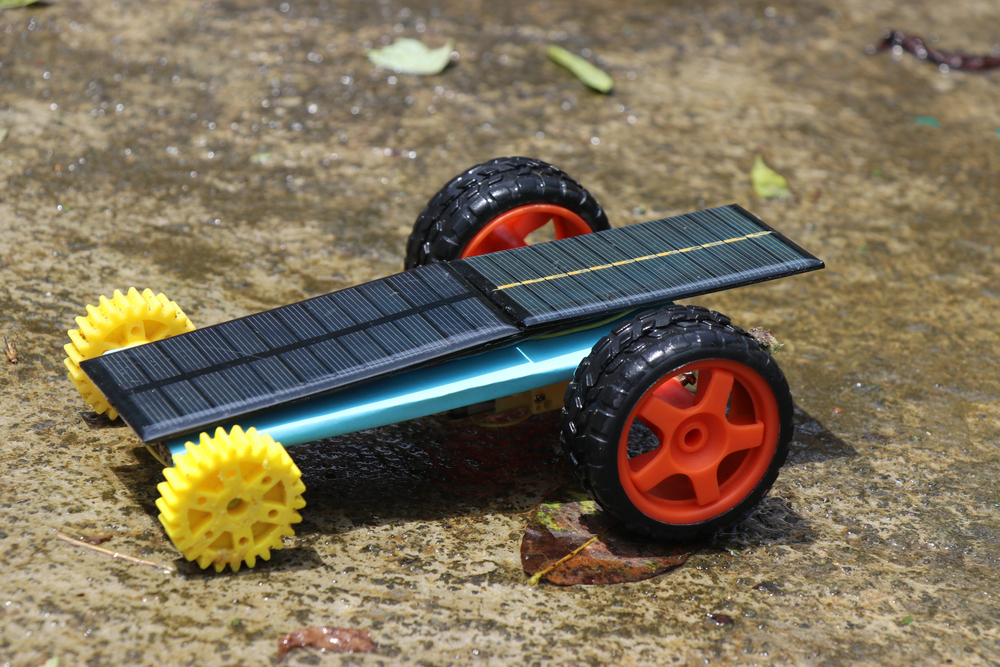Fruits Against Melanoma: The science behind medicinal plants
Science Victoria Edition

by Dr Catriona Nguyen-Robertson MRSV, with Dr Tien Huynh
Plants have been used as traditional medicines around the world for centuries – even millennia. With technology that we have now, Dr Tien Huynh can uncover the science behind how they work. Drawing from her Vietnamese heritage, she is particularly interested in studying medicinal plants from tropical Asia.

Gấc could be what we need seed to fight melanoma
The plant that is closest to Tien’s heart is the gấc fruit (Momordica cochinchinensis). Gấc is a large, red, prickly fruit grown throughout Southeast Asia, belonging to the cucumber family. Several years ago, she encouraged a Vietnamese student to investigate whether the fruit may have any health benefits. The student was initially doubtful – to her, gấc was just a weed and common fruit eaten back at home. The results, however, were astounding.
Gấc has a distinctive orange-reddish colour resulting from its rich carotenoid content, with especially high levels of lycopene and beta-carotene. Lycopene gives tomatoes their red colour, and beta-carotene gives carrots their orange. In comparison, gấc contains 200 times as much lycopene as tomatoes, and over 50 times as much beta-carotene as carrots.1It is therefore well-suited for natural food-colouring as an alternative to petroleum-based artificial colours. It may also be protective for eye health, as carotenoids can reduce the risk of developing certain eye diseases, such as age-related macular degeneration, and gấc has the highest levels of carotenoids of any known plant in the world. Vietnamese people knew it was linked to eye health intuitively, and documentation on Vietnamese traditional medicine lists gấc as a treatment for dry eyes and night-blindness.2
Most recently, Tien has been interested in the ability of gấc to fight melanoma. The idea of using compounds from plants against cancer is not new. Various chemotherapy drugs have already been developed from plant products, including bark and roots, such as vincristine and vinblastine from the Madagascar periwinkle (Catharanthus roseus), paclitaxel from the Pacific yew (Taxus brevifolia), and camptothecin from the Chinese happy tree (Camptotheca acuminata Decne). Tien investigated seeds from the gấc fruit as they had already been shown to kill cancer cells from breast, colon, gastric, liver and lung cancer, plus they may otherwise go to waste.
To test the ability of gấc seed extract to kill cancer cells, Tien’s student added it to melanoma cells in the lab – and the cells died.3 Importantly, non-melanoma cells did not, indicating that the anti-cancer activity was specific against melanoma cells. Once they knew that gấc seed extract can kill melanoma cells, they wanted to know how.It came down to specific proteins that are unique to the gấc plant. Three of the gấc seed proteins that had anti-melanoma activity have equivalent proteins in human cells, which have roles in driving melanoma. Tien therefore believes that these three gấc proteins may compete with the human protein counterparts, thereby interfering with their function and disrupting melanoma growth.
Given that cancer originates from changes to the cell’s DNA resulting in uncontrolled growth, inducing a cascade of signals within the melanoma cell to ultimately lead to its death is most welcome. Since Tien’s team’s gấc seed extracts have similar activity as anti-cancer drugs that are already available, with up to 95-98% effectiveness,3 but were not as damaging to normal cells, their work offers an exciting possibility for an alternative or a way to complement current cancer treatments.
From food scraps to medicine
Tien’s enthusiasm and eagerness to seek ways to improve both human health and environmental sustainability has led her to investigate methods of upcycling plant waste for medicinal purposes. With many fruits, we do not eat the whole fruit, and much of it is discarded. Tien therefore decided to investigate the potential benefits of the achachairú fruit from the Garcinia humilis tree.
Achachairú is a small fruit, related to mangosteen (Garcinia mangostana), that is usually consumed as pulp in juice, jams, and ice creams. The peel is often discarded as waste. Like with gấc, Tien saw an opportunity to upcycle the waste as an alternative, sustainable and low-cost source of anti-cancer compounds. In similar experiments, another of Tien’s students evaluated achachairú peel for its anti-melanoma activity and found that it also triggered melanoma cell death, albeit it was 10-fold less effective compared to the anti-cancer drug controls.4 Nonetheless, the moderate anti-cancer activity of achachairú peel provides future opportunities for upcycling of this discarded waste as a functional food ingredient.
Tien’s studies into the activity of fruit extracts against melanoma provides evidence for further studies into their use in medicine. Using scientific techniques and technology, she can confirm and understand the underlying mechanisms of the health benefits of fruit – especially components of fruit that are often wasted – that have been used as part of traditional medicine for centuries because people discovered what worked through trial and error.
‘There is a bit of truth in a lot of traditional medicine,’ Tien says. ‘Where we come in, is to follow up and find out specifically why a plant does certain things and ways we can improve on it, so that people can benefit from these amazing plants.’
Dr Tien Huynh is an Associate Professor at RMIT University, and last presented to the RSV on this subject in 2019. You watch the full lecture free on Youtube at youtube.com/watch?v=Tnlfx1I4ZkI, or the 10-minute summary video at youtube.com/watch?v=6zuH_51WHaI
References:
- Wimalasiri, D., et al. (2017). Comparative analysis of carotenoid content in Momordica cochinchinensis (Cucurbitaceae) collected from Australia, Thailand and Vietnam. Journal of Food Science and Technology, 54(2). 2814-2824. doi: 10.1007/s13197-017-2719-0
- Vuong, L. T. (2000). Underutilized β-carotene–rich Crops of Vietnam. Food and Nutrition Bulletin, 21(2), 173–181. doi:10.1177/156482650002100211
- Nguyen, D., et al. (2023). Momordica cochinchinensis (Gấc) Seed Extracts Induce Apoptosis and Necrosis in Melanoma Cells. Pharmaceuticals, 16(1), 100. doi: 10.3390/ph16010100
- Poojary, M. M., et al. (2023). Phenolic compounds-containing fruit peel extracts of Garcinia humilis exhibit anti-melanoma activity. Food Bioscience, 52, 102428. doi: 10.1016/j.fbio.2023.102428
Discover how you can join the society
Join The Royal Society of Victoria. From expert panels to unique events, we're your go-to for scientific engagement. Let's create something amazing.
















